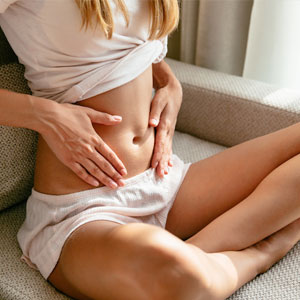Contraception & IUD Insertions
There are many forms of contraception available for women, and the best choice differs for each individual. Some prefer daily tablets, while others opt for an IUD for convenience. Hormonal contraceptives, such as the pill, can also provide therapeutic benefits for certain conditions. Women with endometriosis, for instance, may find relief from pain and reduced infertility risk through progesterone-based contraceptives. Those with heavy periods might benefit from continuous tablet use or IUD, which can result in lighter periods or amenorrhea. It’s important to note that the best contraceptive method varies per individual and finding the most suitable option may involve some trial and error.
In my practice, many patients choose IUDs as their preferred contraception method. The IUD, with its higher progesterone content, is often recommended for women with endometriosis or heavy periods. The Kyleena IUD, having a lower progesterone dose, appeals to those without heavy periods who prefer to experience a monthly cycle with minimal hormones. The copper IUD, which does not contain hormones, may lead to slightly heavier periods due to uterine inflammation.
In terms of insertion, many patients choose to have their IUDs inserted in the clinic rooms. Local anaesthesia is administered to the cervix and the uterine nerves, providing effective pain relief during and shortly after the procedure. Some patients may prefer to have their IUDs inserted in a theatre setting at Waratah Private Hospital. Removing IUDs is typically a straightforward and painless process when completed in clinic rooms, except in cases where the strings have migrated inside the cervical canal.



